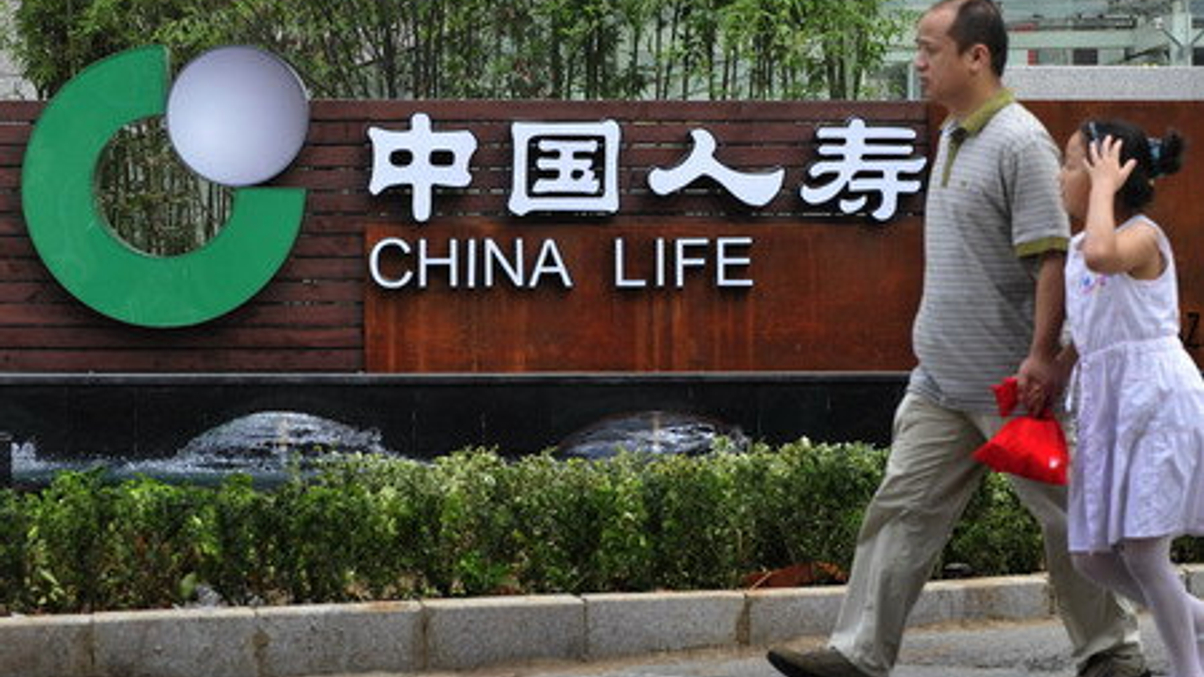China Life eyes more real estate in alts push
The biggest lifer in China said it is targeting further property investments as it outlined investment plans after announcing its results for the first six months of the year.

China Life, the country’s largest lifer by assets, plans to increase its exposure to real estate investments, which have a lower risk capital charge under the current solvency regime, a top executive at the firm said after announcing its interim result for the first six months of this year.
Sign in to read on!
Registered users get 2 free articles in 30 days.
Subscribers have full unlimited access to AsianInvestor
Not signed up? New users get 2 free articles per month, plus a 7-day unlimited free trial.
¬ Haymarket Media Limited. All rights reserved.


